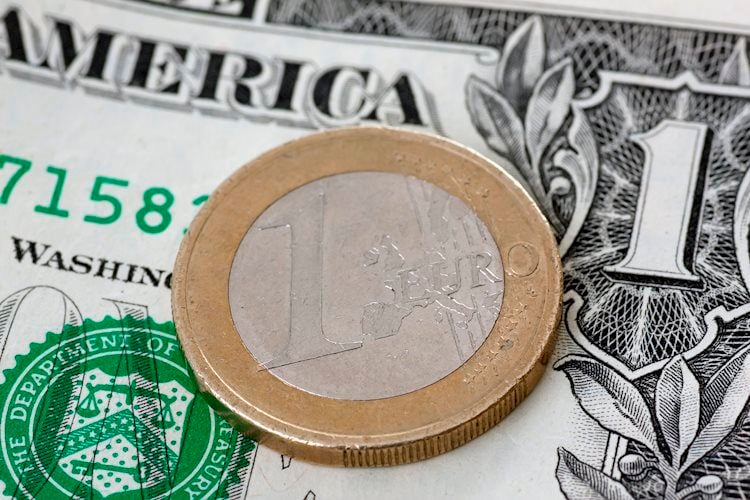



The US economy has shown remarkable resilience, outperforming other advanced economies despite high interest rates. Several factors contribute to this strength. First, heavy public spending has provided a boost to economic growth. Second, immigration flows have fueled population growth and increased labor force participation. Third, fixed-rate mortgages have supported the housing market and consumer spending. Finally, energy independence has reduced the US's vulnerability to oil price shocks. These factors have helped the US economy maintain its momentum and outpace its peers [3b8b14ea].
Currency markets are currently in turmoil as the US dollar strengthens and other currencies weaken. There are several factors that explain why various currencies have tumbled against the dollar. First, the yield advantage of US bonds over other countries' bonds puts pressure on their currencies to weaken. Second, rising oil prices impact both oil importers and exporters, leading to the weakening of their currencies. Third, currencies of countries with significant exposure to China have been beaten down due to China's uncertain economic recovery. Fourth, countries with significant dollar debt and weak fiscal stances see their currencies weaken. Finally, currencies of economies with uncertain growth outlooks tend to depreciate. Countries that can reduce their reliance on China, borrow less, and achieve healthy economic growth will have an edge [763aaa5e].
However, despite the strength of the US economy, the US dollar has not experienced a significant rally. This can be attributed to developments in other financial markets and the collapse in natural gas prices. The dollar's performance is influenced by various factors beyond the domestic economy. Looking ahead, the resilience of the US economy may lead to persistently high inflationary pressures, potentially delaying rate cuts by the Federal Reserve. A full-blown rally of the US dollar may require a period of risk aversion in the markets and a correction in equity valuations. Additionally, foreign central bank rate cuts could impact the dollar's performance [3b8b14ea].
Safe haven currencies play a crucial role for global investors during periods of high market volatility or geopolitical uncertainty. Investors turn to safe haven currencies to mitigate risk and preserve capital. These currencies possess key characteristics such as political stability, economic strength, deep and liquid financial markets, and low inflation rates. The US dollar, Swiss franc, and Japanese yen are commonly cited as safe haven currencies [35302be4].
During times of uncertainty, investors shift their assets toward safe haven currencies to reduce exposure to potential losses. Safe haven currencies provide shelter for capital and maintain value when other assets decline. The demand for safe haven currencies increases during risk-off periods, leading to appreciation against other currencies. However, the role of safe haven currencies can be influenced by global economic conditions and central bank policies [35302be4].
A strong currency is often perceived as a sign of economic prosperity and stability, but it doesn't always reflect a country's true economic health. Factors such as GDP, export competitiveness, and economic diversity should also be considered. A stronger currency can harm export volumes and revenue, undermining competitiveness and hindering economic growth. The relationship between currency strength and economic growth is complex and multifaceted. For example, Kuwait has a strong currency but a smaller GDP compared to the United States. The top five African countries with the strongest currencies do not align with the top five largest economies on the continent. Egypt has a strong currency and a high GDP, while Nigeria's currency, the Naira, is not among the top 10 strongest currencies in Africa. Currency strength alone is not enough to accurately assess a nation's economic health; factors like GDP growth, trade balances, and investment climate are also important [9c5b3fe5].